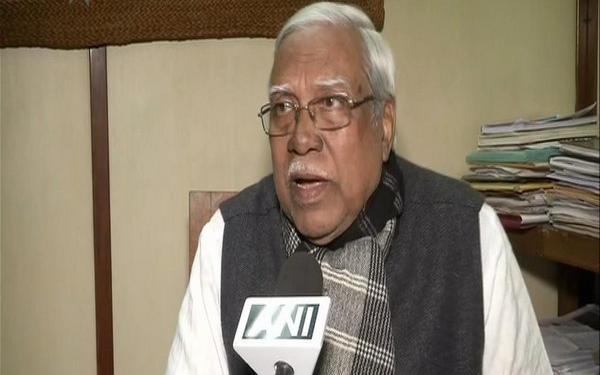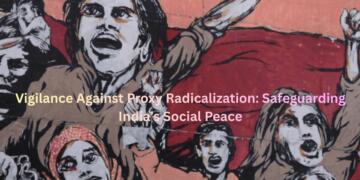Even before its formation, cracks within the grand-alliance have started emerging. The CPM leader, Hannan Mollah exposed the infeasibility of such an alliance as he said, “It’s difficult to distribute seats amongst so many parties. Opposition parties might fight among themselves.I don’t think they’ll be able to make common minimum program & fight together. Communist parties won’t be able to stay in this alliance.”
Hannan Mollah,CPM on Opposition parties: It's difficult to distribute seats amongst so many parties.Opposition parties might fight among themselves.I don't think they'll be able to make common minimum program&fight together.Communist parties won't be able to stay in this alliance pic.twitter.com/O4apxWiuFn
— ANI (@ANI) February 14, 2019
If analyzed properly, his statement appears to be correct at all the levels. This idea of opposition’s unity, just before the general elections, is not a new thing in India. Earlier also, various regional parties have come together to oppose a particular person or a particular party and the end result of such an alliance has always been very predictable. During the 90s, the country suffered a lot because of coalition governments. The most recent example is of Bihar where all political parties joined hands to fight a single party. The Mahagathbandhan in Bihar managed to win the elections but failed to survive for long. The alliances of such type find it hard to survive because political parties come together to fight against a particular person or party without having any common ideology. In all this, governance takes the backseat and the development of the country/state is made to suffer.
Hannan Mollah’s statement is also an indication that all is not well within the opposition ranks. It’s a fact that the ‘Mahagathbandhan’ is devoid of ideas and issues as far as the development of the country is concerned and its main aim is just to dislodge the Modi government by hook or by crook. Hardly, a few months are left for the general elections and the so-called united opposition do not appear to be even remotely united.
Recently, in a mega anti-BJP rally organized by Mamata Banerjee in Kolkata, three prominent non-NDA parties, Biju Janata Dal (BJD), TRS and AIADMK decided to skip the rally. The rally was supposed to be a show of strength of all the non-NDA parties, but the absence of three key parties came as a jolt to the opposition ahead of the 2019 polls. Another notable absentee was of YSRCP chief Jagan Mohan Reddy. His absence is a sign that the leader does not want to align with the ‘Mahagathbandhan’. It’s important to note that Jagan Reddy’s popularity is rising in Andhra Pradesh and it is a major concern for current CM N. Chandrababu Naidu. Hence, the mega-show of unity and strength by Mamata Banerjee just appeared as an attempt to hoodwink the masses.
On the contrary, prior to the 2019 polls, the BJP-led NDA alliance seems to be in a much stable and stronger position. The absence of strong regional parties like AIADMK, TRS, BJD, YSRCP from the rally clearly indicates that the ‘Mahagathbandhan’ is far from reality. Not long ago, there was a shoddy attempt by the Congress-led opposition to unsettle the Modi government by bringing a no-confidence motion in the parliament. The ruling party went on to prove the majority and the opposition thus had to face embarrassment. The NDA at this stage appears to be a more logical and electorally better poised than the UPA. All the parties in NDA have a unanimous view of Narendra Modi as their prime ministerial candidate. On the other hand, the opposition still doesn’t have a face for the post of prime minister. The strong and decisive leadership of the NDA gives it a clear edge ahead of the 2019 Lok Sabha elections.
































